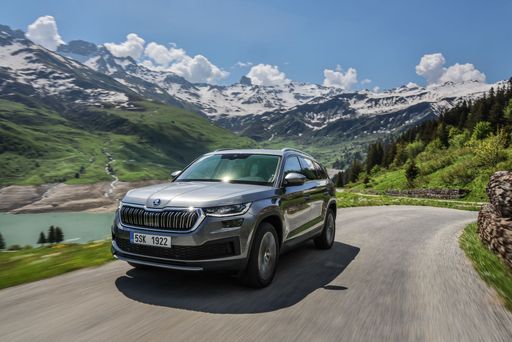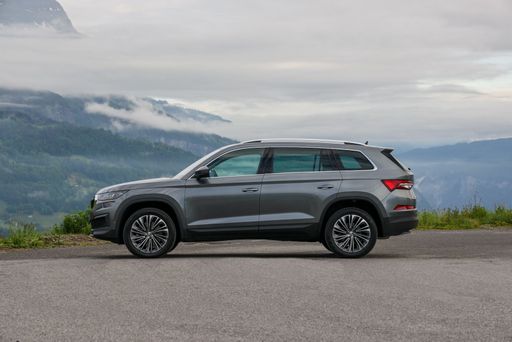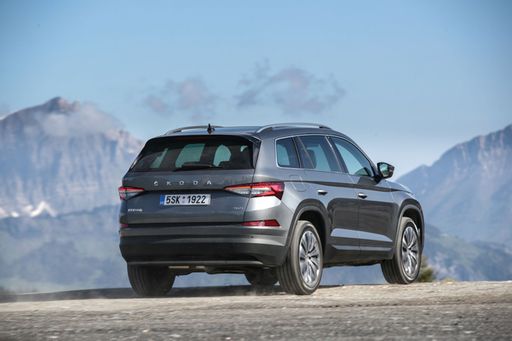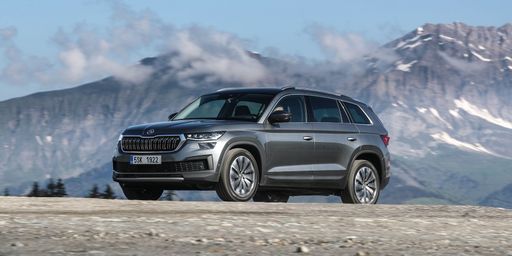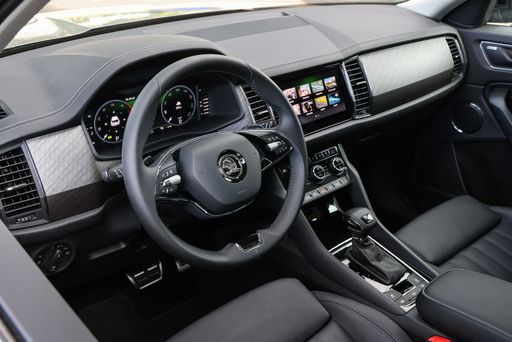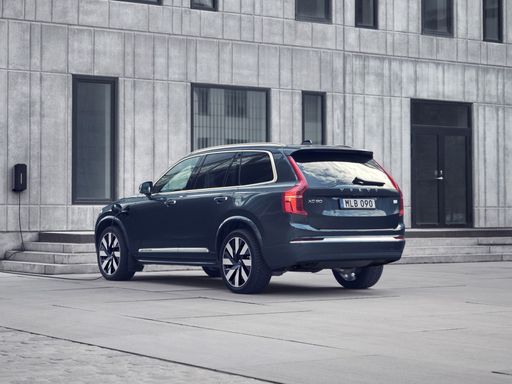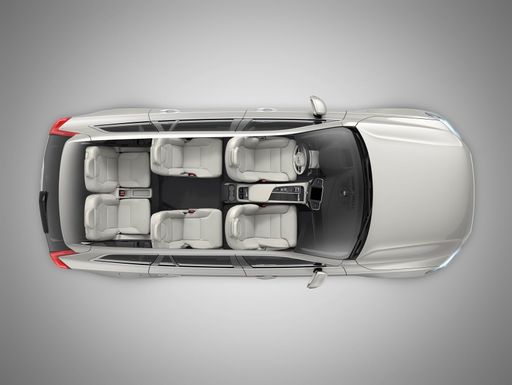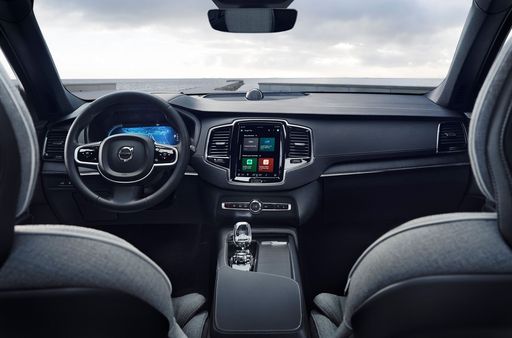Space and Everyday Use:
Beyond pure performance, interior space and usability matter most in daily life. This is where you see which car is more practical and versatile.
Seats: Volvo XC90 offers clearly perceptible more seating capacity – 7 vs 5.
In curb weight, Skoda Kodiaq is distinct lighter – 1684 kg compared to 2080 kg. The difference is around 396 kg.
In terms of boot space, the Skoda Kodiaq offers significantly more room – 910 L compared to 302 L. That’s a difference of about 608 L.
In maximum load capacity, the Skoda Kodiaq performs a bit better – up to 2105 L, which is about 249 L more than the Volvo XC90.
When it comes to payload, Volvo XC90 clearly perceptible takes the win – 710 kg compared to 545 kg. That’s a difference of about 165 kg.

